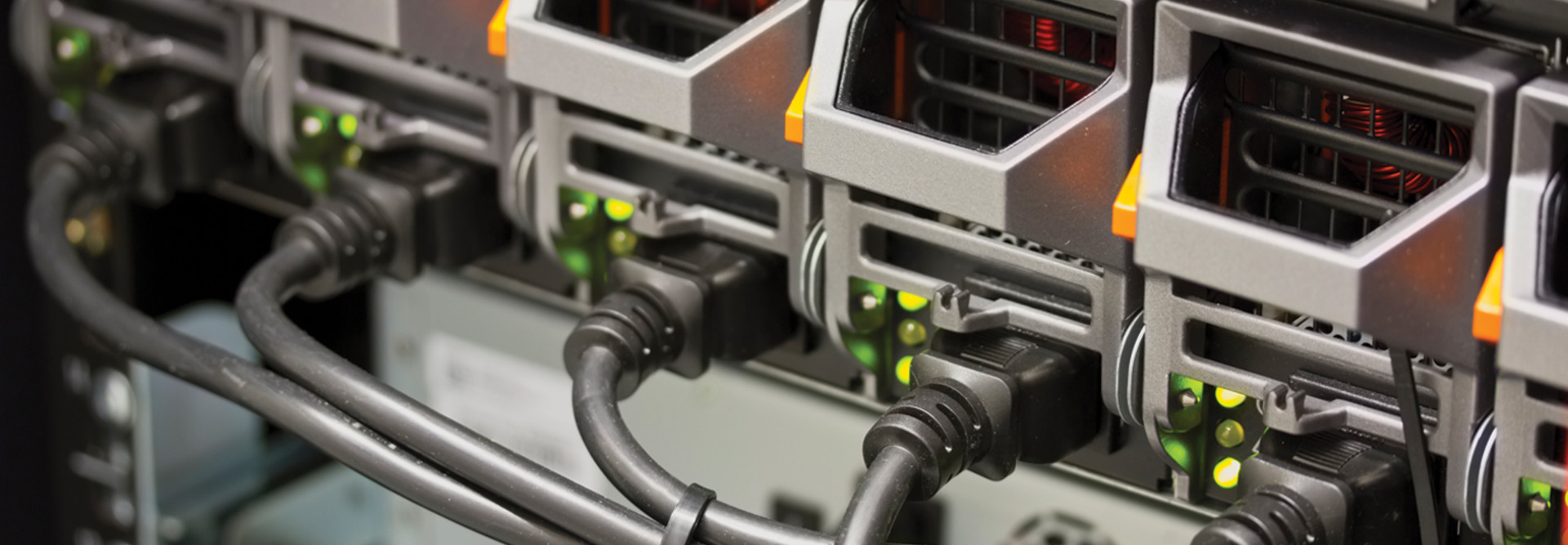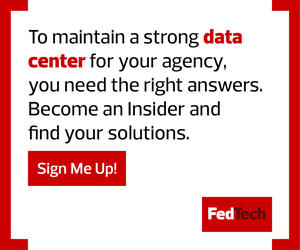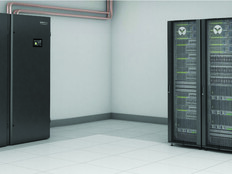Key Components of a Reliable Backup Power Strategy
There are several major elements of a reliable backup power strategy that agency IT leaders should consider. They include:
- Uninterruptible power supplies: A UPS provides emergency power in the event of an outage, keeping crucial IT functions working until generators are up and running. Recent advancements in UPS technology include lithium-ion batteries, which deliver longer service life than traditional battery technology in a smaller footprint. Past concerns about safety have been alleviated by newer, secure lithium battery chemistries that are very cost-effective. These solutions can be integrated with network cards that enable enhanced connectivity and security to software and services. The combination can help deliver more stability and reliability.
- Disaster preparedness software: Disaster preparedness software is especially important amid digital transformation, allowing staffs to oversee and maintain IT infrastructure without having someone onsite at each facility. Software applications integrate with power management devices for the remote management of critical infrastructure, enabling IT to mitigate power events before they cause damaging outages. Enhanced visualization and contextualization options can also be used to better ensure system uptime and data integrity of IT equipment from anywhere, at any time.
- Remote monitoring and predictive analytics: Advanced preventive monitoring services for power management devices go together with power management software to help anticipate failure of critical components before they occur. Predictive analytics tools analyze data, alerting managers about when to schedule maintenance, repairs or updates before system components fail. This also helps avoid emergency service calls.
Cybersecurity might not be top of mind when it comes to weather-related emergencies, but it’s an important component to consider for an overall disaster preparedness strategy. This is particularly true given the sensitive data many agencies work with and the potential ramifications of a major breach.
To protect backup power systems, network management cards with UL 2900-1 and IEC 62443-4-2 certifications are available to help secure UPSs against potential hacks. When used in conjunction with power management software, IT teams can make timely firmware updates to stay ahead of evolving cybersecurity threats.
Physical security is another element to keep in mind in order to create an end-to-end disaster preparedness strategy. Simple measures such as deploying smart security locks on IT racks can help protect IT equipment, ensuring that UPSs and other power management devices are safe and that only authorized personnel can gain entry.
RELATED: What do IT leaders need to know about Disaster Recovery as a Service?
How Agencies Can Weather the Storm
While government agencies are gearing up for the height of storm season, it’s important to keep a line of sight on the road ahead.
Climate change indicators suggest that extreme weather events — ranging from severe storms to terrible heat waves — will likely become more frequent or more intense.
Backup power solutions are an important factor to consider in the disaster preparedness equation with these evolving dynamics. Putting the building blocks together now can help government agencies rest easier knowing they’re prepared for the future.











